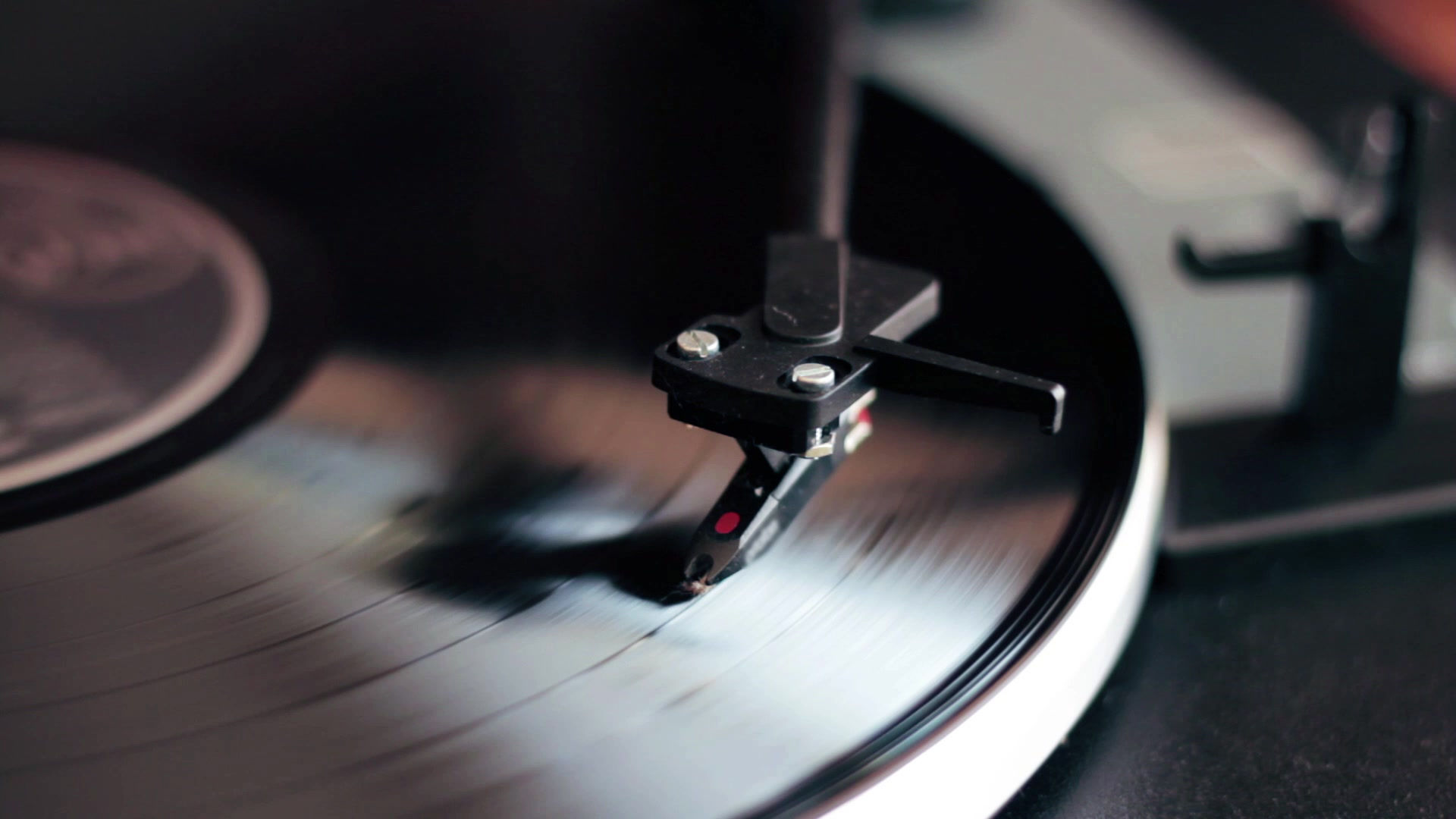
accordion player was on the back side, along with the mandolin player. I kind of left that area open.”
For Margo Timmins’s vocal, Moore
now had a pair of heavily modified Klipsch Heresys — a PA that was in fact high‐end hi‐fi speakers, one pointing at the mic, and another used as her monitor. “The Klipsch speaker for Margo’s voice was dead
centre on the back side facing the drums about six feet away,” he remembers. “She could hear herself perfectly ‘cause she had a Klipsch Heresy pointed right at her. She’s singing on a second Soundfield.
The beauty of the Calrec was I could turn it into an absolute mono shotgun mic pointed right at her, so I wasn’t getting any feedback. She was probably about 30 feet away off to one side. She was not in the centre of the room with us.”
Problems
With all of the equipment in place,
Moore and Cowboy Junkies began to
do test rehearsals through the songs, starting with the ones with the sparsest instrumentation. Immediately, though, a problem became apparent, which would test the assembled’s patience throughout the day — the amount of radio frequency interference picked up by the Calrecs.
“Downtown Toronto has the CN Tower which is a huge broadcast tower,” Moore explains. “There’s tons of RF. There’d be many times we’d have to wait a bit. Steve Jagger from Calrec said that they figured that the RF was so strong in Toronto that it was actually arcing across the capsule, so it didn’t matter how well I shielded everything.
“We’d have to stop the recording or I’d have to make a judgement call ‘cause it was a fantastic take. You didn’t hear it during the music so much, but at the beginnings and the ends you’d really hear it. It would come in through the speakers on Margo’s PA as well, so at points it was pretty bad and we’d have to stop for 20 minutes. It was stressing the hell out of me, man.”
Another unforeseen problem was tourists wandering in and out of the church. “We were supposed to have the place to ourselves but they didn’t police it,” says Moore. “Also, too, a lot of the musicians who were waiting to play were a problem, ‘cause they’re hanging out and chatting and smoking and making noises. It was like, ‘Hey guys... shut up.’ There were other technical issues too. I was getting overloading as things started

getting cranked up a lot louder. I had to redo my whole gain structure between the mic and the mic preamps into the recording machine.”
Enforced stops aside, the first song that everyone agreed was a master take was ‘Sweet Jane’. “The first serious take was ‘Blue Moon Revisited’ around two thirty
or three o’clock in the afternoon,” Moore remembers. “But we gave up on that song at first because there were too many problems with it, so we went to ‘Walking After Midnight’. Then we went back to ‘Blue Moon’. So around four o’clock in the afternoon is when we start ‘Sweet Jane’. But the RF buzzing was going insane. Finally the buzzing calmed down and it was the third take. When she broke into that bridge, it was heaven sent. ’Cause everyone knows the song, but people aren’t that familiar with the original Velvet Underground version.”
From here, the team worked intensively, nailing a further 10 songs, finishing with ‘Walking After Midnight’ just as the witching hour itself approached. The church was only booked until 10pm, so Moore bribed its caretaker with five dollars to allow them to work for a further two hours. “Yes,” he laughs. “It cost me 100 dollars to rent the church, I think it cost me 20 dollars for the pizza to feed the band and I just gave five bucks to the caretaker of the church. So it cost 125 dollars to make that record, on those terms. Not to mention I had a bank loan for a $9000 microphone! I was in hawk up to the eyeballs. But yeah, we
didn’t load out until midnight.”
As it turned out, not everything on The Trinity Session was nailed on the day, and Moore and Margo Timmins had to return to the church to record what became the album’s a capella opener, ‘Mining For Gold’. “We just ran out of time and it’s an a capella, so I said, ‘We can’t squeeze it in today because of all the problems, so I’ll come back with Margo.’ She’s not singing through the speaker, which is why it has a different vocal sound to anything else. She’s naturally singing right to the Calrec Soundfield.”
When it came to mastering The Trinity Session, Moore says he used a very specific device. “I was using an FA. You know what that is? Fuck all! [Laughs] There was no mastering. I’d become the AMS rep for Canada and so I used an AMS Audiophile, the first digital audio editing thing that
you could use to do a crossfade up to five seconds. I was set up in the warehouse at ADCOM with the KEF P60 speakers, and if you want to call it mastering, I was mastering the record in a warehouse. But all I was doing was editing. I couldn’t even do level adjustments.”
Legacy
Twenty years on from the recording of The Trinity Session, Cowboy Junkies returned to the Church of the Holy Trinity in 2007 for the making of a film and album, ‘Trinity Revisited’, featuring guests including Ryan Adams, Natalie Merchant and Vic Chesnutt. “I was there as a guest but that was a video shoot,” says Moore. “
October 2015 / www.soundonsound.com


